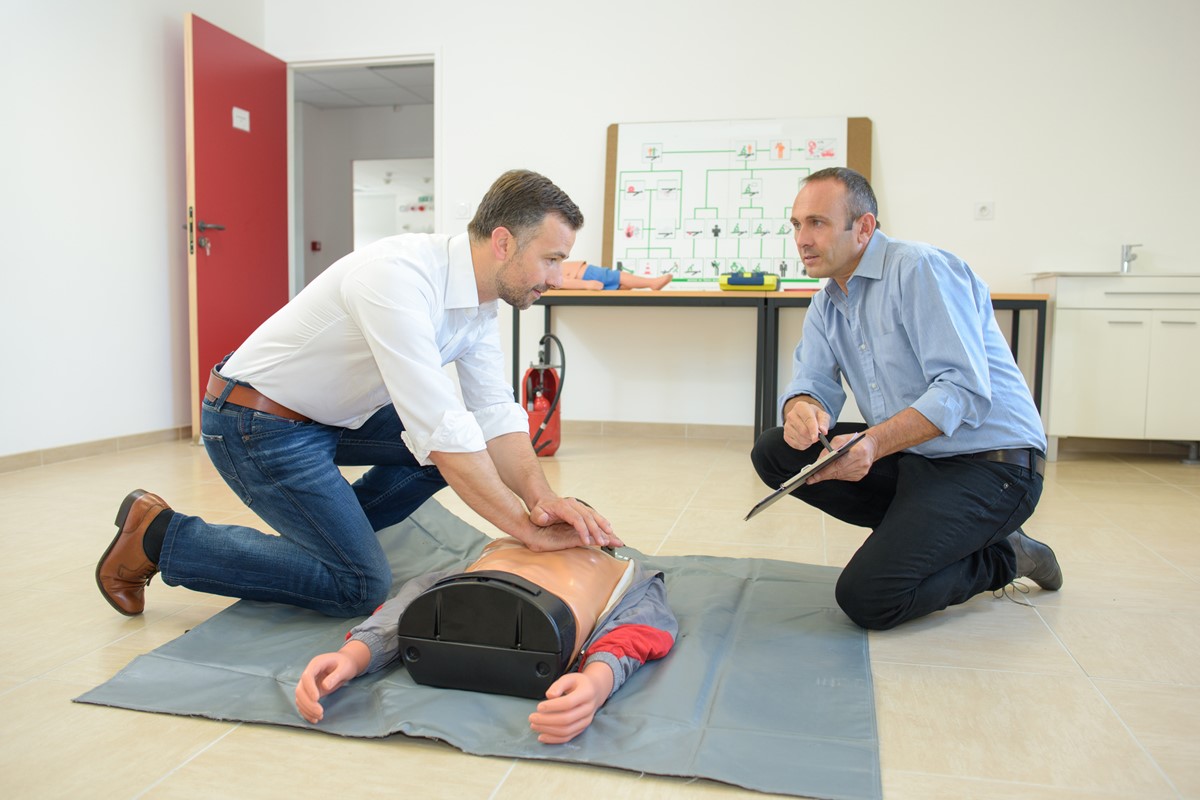If a person’s heart stops beating, you must do something to save them. It doesn’t matter whether they’re a stranger, a family member, your boss, or a friend–if they’re not breathing and their heart gives up, you need to start giving them CPR.
Chest compressions are also called cardiopulmonary resuscitation or CPR. When a person experiences a life-threatening health crisis, providing CPR can be critical for survival.
Yet despite the importance of CPR, most people don’t take the time to learn a CPR procedure or alternatives. Here are some critical points to remember concerning common mistakes with giving CPR and how to avoid them. Learn how to provide help with CPR and save a life today.
1. Taking the Wrong Position During CPR
Common mistakes with taking the wrong position for CPR include being too far away to pump against the chest or tilting the head back too far. This can result in inadequate oxygen reaching the lungs, leading to ineffective compressions.
To avoid this mistake, the rescuer should ensure they are close enough to the chest to give strong enough compressions while tilting the head back to keep the airway open.
2. Not Utilizing CPR Hand Placement
One of the most common mistakes with giving CPR is not utilizing proper hand placement. Place your hands to the side of the center of the victim’s chest and press them straight down. The heel of the hands should compress the victim’s chest, not the palms.
Proper hand placement compresses the ribs and breastbone, and not the stomach. This helps ensure the optimal efficiency of CPR.
3. Incorrect Compression Rate
An incorrect compression rate is one of the most common mistakes when giving CPR. Avoid this by using a rate of at least 100 compressions per minute.
Avoid forgetting to switch compressors every two minutes because fatigue impairs the quality of the compressions. To avoid mistakes with CPR, pay close attention to the current AHA guidelines and practice them.
4. Forgot to Provide Proper Ventilation
Ventilation involves providing oxygen to the body, which is necessary to sustain life. To ensure proper ventilation, ensure to pinch the patient’s nose and form an airtight seal before administering rescue breaths.
It is also critical to take note of the patient’s chest rise and fall to make sure rescue breaths are successful. Ensure to avoid administering too many breaths so as not to interfere with chest compressions.
5. Incorrect Administration of Rescue Breaths
To give optimal rescue breaths, one should ensure the airway is clear of foreign objects. Provide enough breath for the victim’s lungs to fill with oxygen, and then give two more breaths after, and always use a clean face mask if one is available.
A person should also ensure they are not breathing too fast when providing rescue breaths, as this can cause the victim to vomit and choke. It is critical to receive proper training on how to perform CPR to reduce the risk of making errors. You can get CPR certification through this website https://cprcertificationnow.com/pages/group-discounts.
Learn How to Avoid Common Mistakes with Giving CPR
Ensure you take the time to learn CPR Basics and review them regularly. Avoiding common mistakes with giving CPR gives you the best chance of aiding the victim when needed. Become CPR certified to ensure you have the most up-to-date training and instructions.
Together we can save lives – start your CPR certification today. If you enjoy reading this blog, check out our health and fitness category for other informative content.




